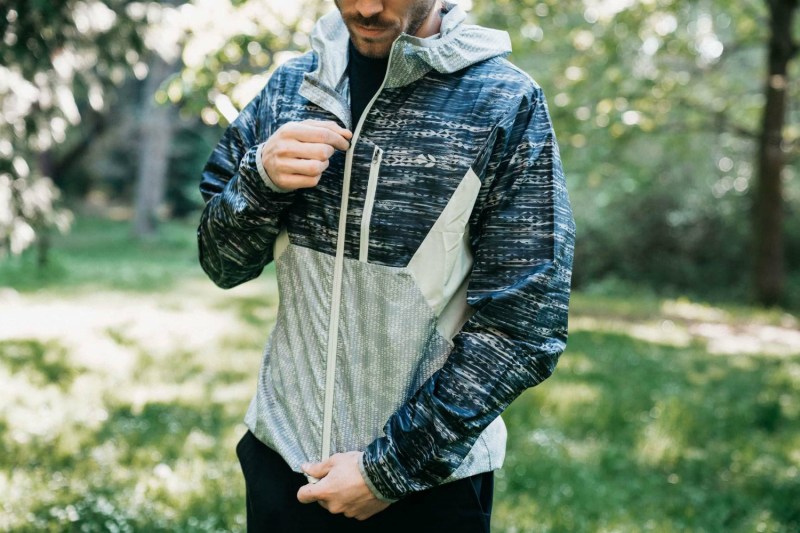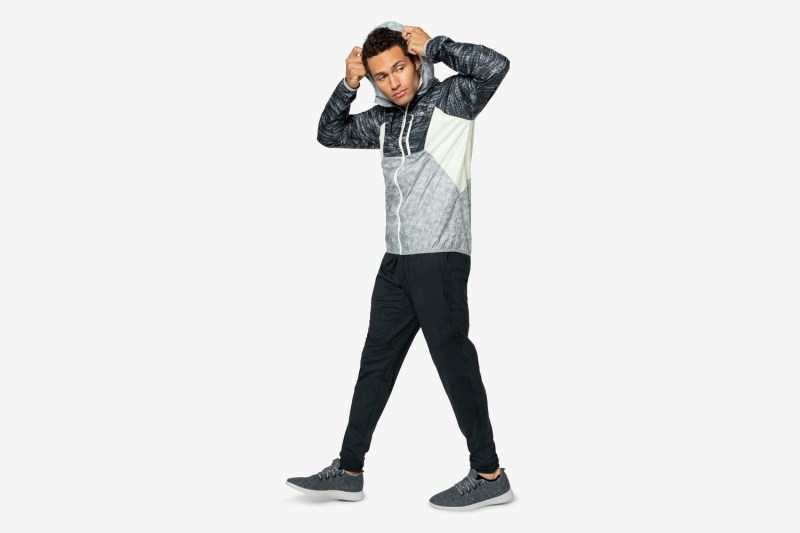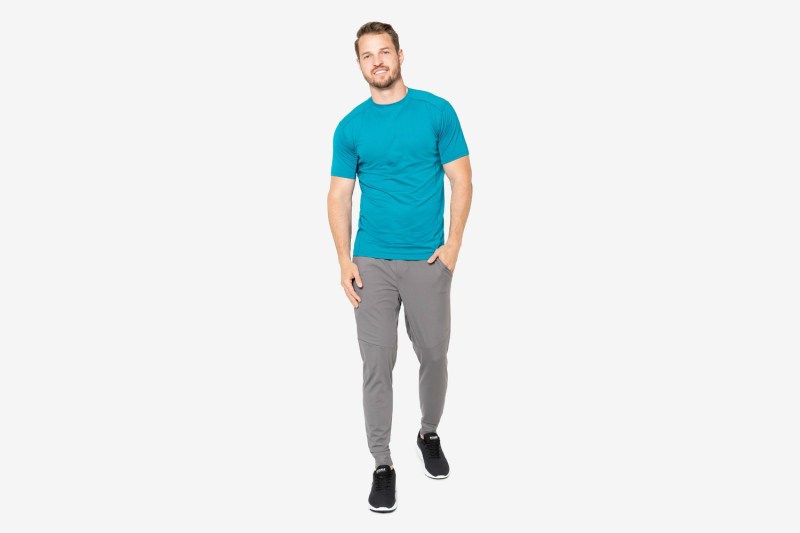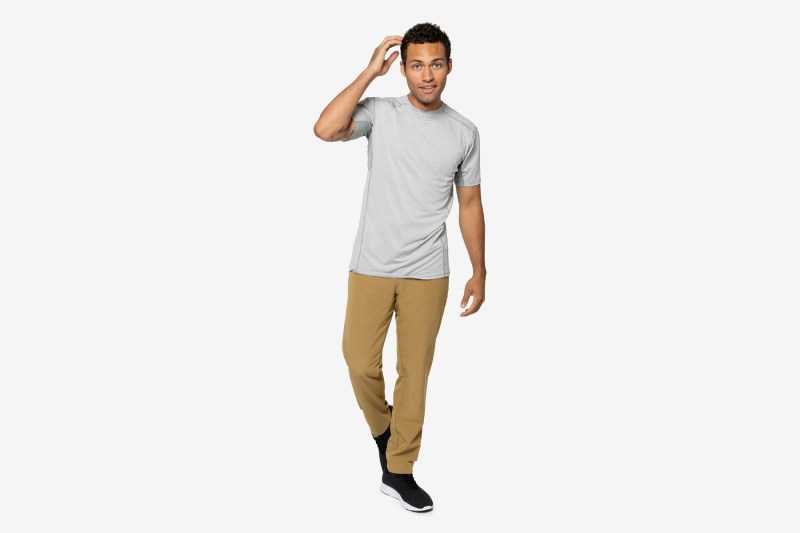
Let’s get the bad news out of the way first: By 2050, landfills will be swamped with 12 billion tons of plastic and the ocean will contain more plastic than fish.
How is this possible, you ask? A quick glance into your local convenience store, restaurant storage room, or CostCo aisle provides the answer: A million new plastic bottles are born every minute.
We know, we know—you’re a scrupulous recycler. You sometimes schlep an empty plastic bottle around with you all day until you find a bin that will welcome it into its second life as lawn furniture, carpet fiber, or other post-consumer plastic byproducts. Alas, not every consumer is as conscientious as you. Statistics show that only 9 percent of plastic bottles ever make it to the recycling plant.
Okay, that was the bad news.
Statistics show that only 9 percent of plastic bottles ever make it to the recycling plant.
The good news is that an increasing number of retail companies are seizing the opportunity to solve this environmental conundrum. One of the most ingenious ways is through repurposing post-consumer plastics as clothing.
Sound weird? Can’t be that weird, when companies like Ralph Lauren, adidas and Patagonia are doing it. We recently came across a Seattle-based apparel brand called GoLite, whose collection of beautiful active and travel apparel is exclusively made from recycled plastic bottles.
It has to be said that GoLite’s apparel line isn’t first and foremost a venue for post-consumer plastic use—it’s simply performance fashion at its finest. The ultra-smooth, lightweight fabric combines the performance of high-end outdoor clothing with the functional flexibility of athletic wear. It wicks, stretches, regulates temperature and repels moisture, all while just happening to make use of recycled fibers, eco-friendly finishes, and earth-friendly dying and printing techniques. We were also struck by the incredible softness and durability of the garments.
Here are a few of our favorites from GoLite’s recycled plastic collection.
GoLite ReGreen Windshell

GoLite’s award-winning signature item, the ReGreen Windshell, is spun from green bottles, which are among the least desirable post-consumer plastic content because they can’t be re-dyed.
GoLite ReBound Jogger

The ReBound joggers feature incredible softness, durability and fit, along with the highest UPF protection for fabric and a moisture-transferring finish that repels stains as well as water. And knowing that these garments were made using 50% less energy and and 80% less water consumption than standard textile manufacturing makes us feel pretty righteous…which, if you don’t know, adds that extra je ne sais quoi to any stylish outfit.
GoLite Travel Pants

The brand’s GoLite travel pants are similar to the joggers above and feature the same durability and UPF protection you’ll need when hitting the street or trail.
GoLite’s environmental initiatives don’t stop with manufacture and materials. The bottles that go into each item in the GoLite collection are collected in collaboration with Da.Ai and a host of recycling volunteers. Furthermore, GoLite has also built strong humanitarian initiatives into its business plan with the GoAid programs, recently donating 14,000 shirts to Seattle-based Medical Teams International workers in Uganda and Guatemala.
Shall we sum up? Wearing this clothing feels as good on the inside as it does on the outside.
What goes better with recycled clothing than recycled shoes? Check out Sperry’s recent Bionic collection to see what recycled plastic footwear can look like.
Editors' Recommendations
- The 7 Best Hemp Clothing Brands to Shop Sustainably in 2020
- How Keen Is Making Better Shoes and an Even Better Footprint
- The 100% Biodegradable Vollebak T-Shirt Is Made From Plants and Algae
- What Wrangler Is Doing to Make Denim More Sustainable
- Save the Environment in Style: Taylor Stitch Makes New Apparel from Old Garments


